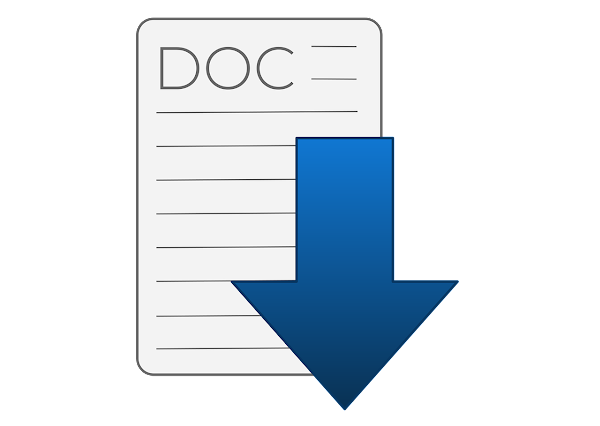43% of all Malware Installations are Concealed in Microsoft Office Documents

Companies have now employed hundreds of cloud applications to use due to the transition from work from the office to remote work, many of which may be vulnerable to cyberattacks or exploitation. This has increased the attack vector and exposed them to a slew of new threats.
Although infiltrating office documents with malware has been around for a long period, it is indeed very effective in duping individuals. After embedding a hostile macro into an office document, malicious actors transmit the infected file to thousands of other people via email and wait for potential targets. A macro is a collection of commands that are packed together to perform a task automatically.
Thus according to current Atlas VPN team research, malicious office documents account for 43 percent of all malware installations. Dangerous office files are common amongst cybercriminals because they can evade suspicion by most antivirus programs.
The research is based on the Netskope Threat Lab Cloud and Threat Report: July 2021 Edition. It examined office documents from all platforms, including Microsoft Office 365, Google Docs, PDFs, and others. Only 14 percent of all downloaded malware were hostile office documents a year earlier, in the second quarter of 2020. Following that, in the third quarter of last year, the percentage rose to 38%. This growth was mostly affected by working remotely, as attackers discovered that malware-infected papers have proved to be beneficial.
The effectiveness of EMOTET appears to have spread swiftly among cybercriminal gangs, motivating other hackers to adopt a similar approach. Another reason harmful documents succeed is that they can avoid detection by antivirus software and appear to be from a reliable source.
Malware-infected document cyberattacks are designed to exploit the user’s potential incapacity to perceive the danger. Only a blend of cybersecurity knowledge, training, and security software could provide the highest level of protection.
Fraudsters have taken advantage of Microsoft Office and Google Docs’ popularity by introducing malicious code into the documents. To protect users from malware attacks, organizations must design and maintain a cybersecurity plan that addresses both the technological and human components.
If you like the site, please consider joining the telegram channel or supporting us on Patreon using the button below.



![[DRAGONFORCE] - Ransomware Victim: Pratt Homes 4 image](https://www.redpacketsecurity.com/wp-content/uploads/2024/09/image-300x300.png)